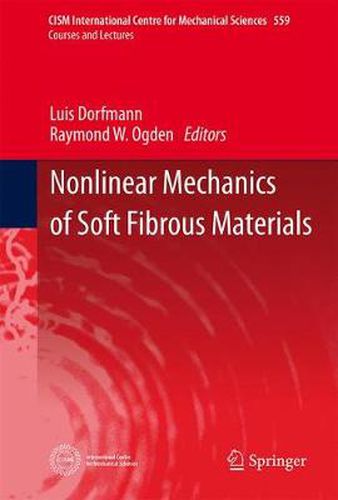Readings Newsletter
Become a Readings Member to make your shopping experience even easier.
Sign in or sign up for free!
You’re not far away from qualifying for FREE standard shipping within Australia
You’ve qualified for FREE standard shipping within Australia
The cart is loading…






The book presents a state-of-the-art overview of the fundamental theories, established models and ongoing research related to the modeling of these materials. Two approaches are conventionally used to develop constitutive relations for highly deformable fibrous materials. According to the phenomenological approach, a strain energy density function can be defined in terms of strain invariants. The other approach is based on kinetic theories, which treats a fibrous material as a randomly oriented inter-tangled network of long molecular chains bridged by permanent and temporary junctions. At the micro-level, these are associated with chemical crosslinks and active entanglements, respectively.
The papers include carefully crafted overviews of the fundamental formulation of the three-dimensional theory from several points of view, and address their equivalences and differences. Also included are solutions to boundary-value problems which are amenable to experimental verification. A further aspect is the elasticity of filaments, stability of equilibrium and thermodynamics of the molecular network theory.
$9.00 standard shipping within Australia
FREE standard shipping within Australia for orders over $100.00
Express & International shipping calculated at checkout
The book presents a state-of-the-art overview of the fundamental theories, established models and ongoing research related to the modeling of these materials. Two approaches are conventionally used to develop constitutive relations for highly deformable fibrous materials. According to the phenomenological approach, a strain energy density function can be defined in terms of strain invariants. The other approach is based on kinetic theories, which treats a fibrous material as a randomly oriented inter-tangled network of long molecular chains bridged by permanent and temporary junctions. At the micro-level, these are associated with chemical crosslinks and active entanglements, respectively.
The papers include carefully crafted overviews of the fundamental formulation of the three-dimensional theory from several points of view, and address their equivalences and differences. Also included are solutions to boundary-value problems which are amenable to experimental verification. A further aspect is the elasticity of filaments, stability of equilibrium and thermodynamics of the molecular network theory.